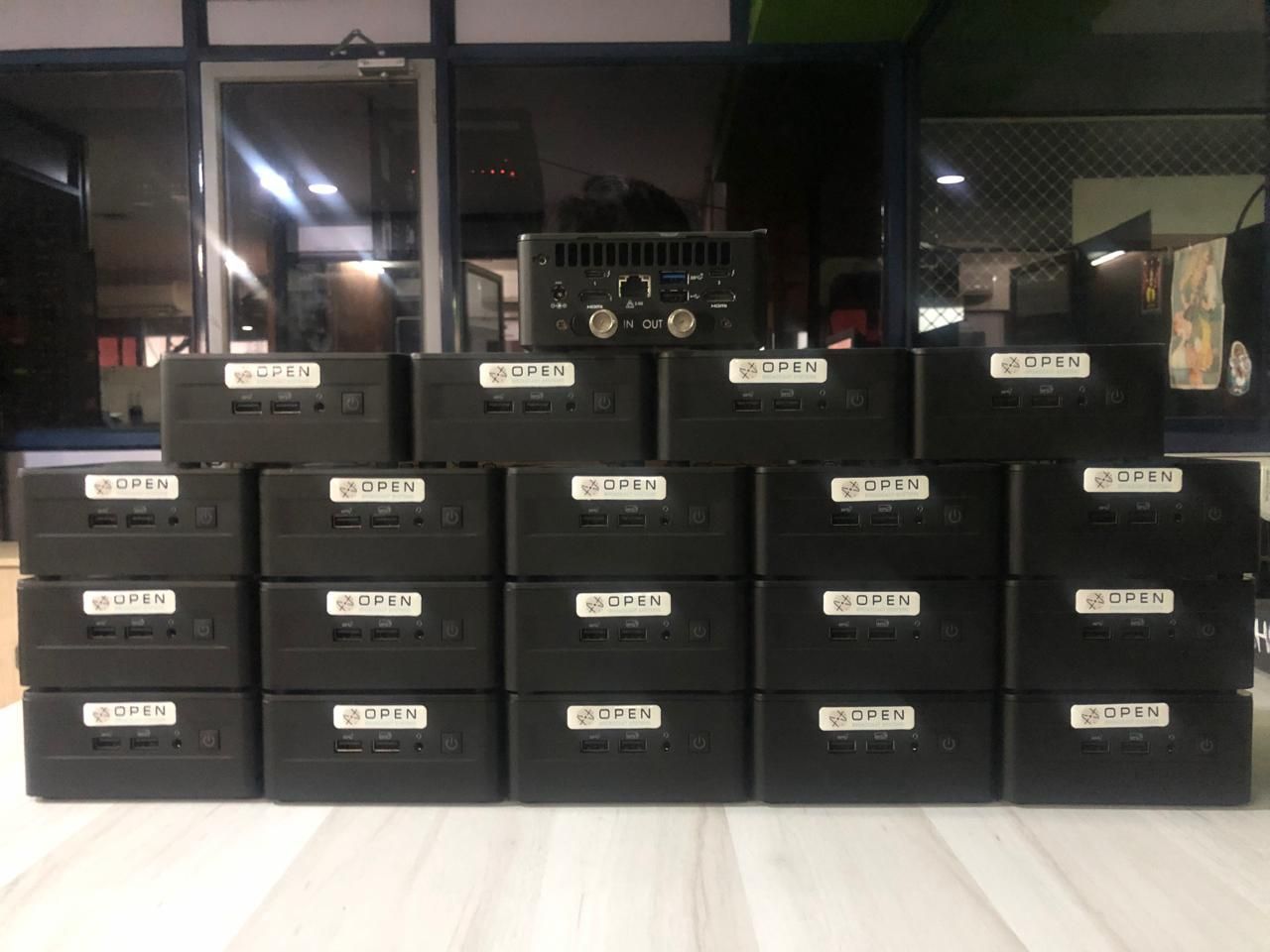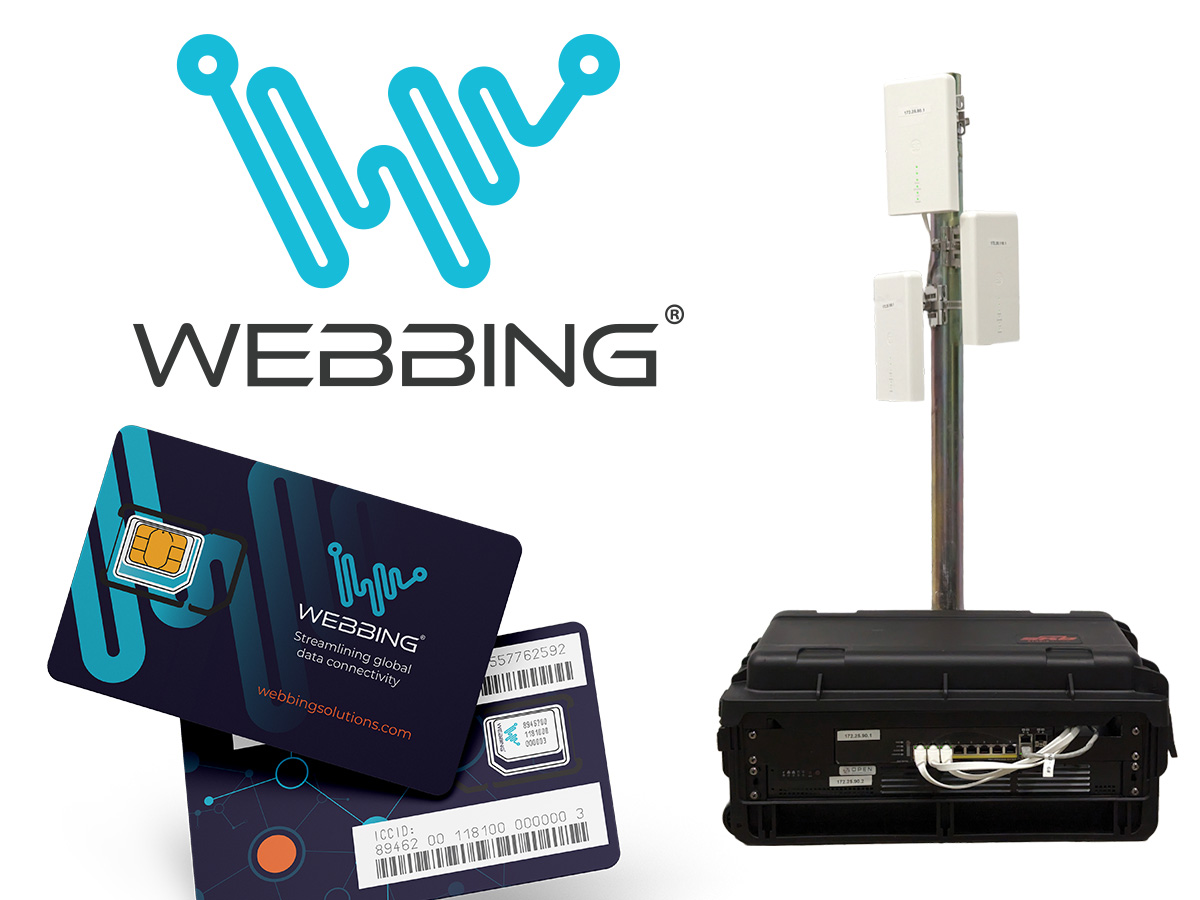 Many media service providers have a well-defined concept of the Media Edge: broadly speaking, a set of equipment that sits at a third-party site such as a customer or a venue. The Media Edge allows pick-up and drop-off of broadcast signals, providing a clear demarcation between a service provider and a third party. But in today’s era of ever-changing customer requirements, internet delivery, OTT and other challenges, a new approach to the Media Edge is needed. This blog post will explain how a software-defined Media Edge provides the flexibility and agility needed in the changing world of media, while also meeting latency requirements.
Many media service providers have a well-defined concept of the Media Edge: broadly speaking, a set of equipment that sits at a third-party site such as a customer or a venue. The Media Edge allows pick-up and drop-off of broadcast signals, providing a clear demarcation between a service provider and a third party. But in today’s era of ever-changing customer requirements, internet delivery, OTT and other challenges, a new approach to the Media Edge is needed. This blog post will explain how a software-defined Media Edge provides the flexibility and agility needed in the changing world of media, while also meeting latency requirements.
(Note that while “Edge” often refers to the “Edge” of the cloud, in the case of the Media Edge, this is usually the Edge of a privately managed Media Network.)
What is the software-defined Media Edge?
The key difference between a traditional Media Edge and a software-defined Media Edge is that a traditional Media Edge consists of fixed-function equipment whereas a software-defined Media Edge has general IT compute hardware. This means that a software-defined Media Edge allows for a multitude of applications to be run at the edge, instead of just the capabilities of what a particular vendor allows.
Traditionally, a multivendor Media Edge would require deploying several appliances at the edge. The use of general-purpose compute means that these appliances can be consolidated into a single device and even dynamically provisioned. This reduces the rackspace and energy needed.
| Traditional Media Edge | Software-defined Media Edge | |
| Capabilities | Vendor-specific | Multivendor |
| New Features | Ship new appliance | Software update remotely |
| Control | Vendor specific | IT-based |
| Provisioning | Manual | Automated |
| Form-factor | Limited range | Wide range |
The latency challenge
Live broadcast does not tolerate delays, especially in contribution. If content is shown live, the expectation is that it must be shown as it is happening – not several minutes later. With multiple steps involved in contribution and primary distribution, it is crucial that each step keeps latency at an absolute minimum, otherwise the effect will compound as each step adds its own additional latency. Moreover, as the first step in any workflow, contribution has a strong responsibility to ensure minimal latency. That’s why for decades, Media Edge platforms have had to rely on hardware processing.
But that era is now over. With advances in encoding technology, software-defined Media Edge solutions can now meet the extremely stringent latency requirements for live broadcast contribution feeds.
And here’s the proof. We are showing a 6-frame end-to-end delay, 100ms at 1080p59.94 in this case:
 Nonetheless, the question remains: why move to a software-defined Media Edge?
Nonetheless, the question remains: why move to a software-defined Media Edge?
Adding Service Provider Value through software
A key benefit of the software-defined Media Edge is that service providers can add their own software to the Media Edge, thereby adding value in a way that fixed-function Media Edges cannot. They can pick and choose the best third-party software and package it together, offering a best-of-breed solution on a single hardware platform. This is not possible in the appliance world, where you need to get multiple appliances to get the same best-of-breed package.
Besides adding third-party applications, in a software-defined Media Edge you can add or modify software applications to meet specific customer demands, tailoring services and features that suit particular use cases. This is especially important in the constantly evolving media landscape, with ever-changing customer requirements. As new technologies such as new delivery protocols, stream management, monitoring and advanced compression techniques are introduced, a software-defined Media Edge can be updated with the latest advancements, enabling service providers to leverage cutting-edge technologies without changing their hardware. Fixed-function devices lack this flexibility.
Consumption-based billing
Software-defined Media Edge can be sold on a per-use basis, so that media service providers and broadcasters only pay for what they actually consume. Instead of investing in expensive hardware and infrastructure that will only be used over a short period, they can buy COTS hardware and pay for the software on a consumption basis. This allows service providers to more easily bill the use of the resource to customers. Furthermore, it opens up opportunities to support customers that could not be supported by traditional CAPEX models.
Provisioning and Orchestration
Projects are made much easier when the underlying hardware can be provisioned locally. This is of course possible with a software-defined Media Edge, which can run on any COTS hardware. In some markets, such as India or Brazil, where long customs and import delays are common, the value of this is huge. And in any market it will be an advantage to be able to source cheaper and widely available hardware. As discussed below, it also allows Media Edges to be chosen which are suited for the cost-level of a particular market.
Recently our partners in India built dozens of Edges in a record time:
 Orchestrating a large fleet of Media Edges can be challenging. However, the IT industry has solved this problem at a much larger scale. This means service providers can choose from a myriad of orchestration and provisioning tools such as Ansible.
Orchestrating a large fleet of Media Edges can be challenging. However, the IT industry has solved this problem at a much larger scale. This means service providers can choose from a myriad of orchestration and provisioning tools such as Ansible.
Internet delivery
Many Media Service providers are looking to the Public Internet to augment their traditional fibre services. Choosing a Media Edge flexible enough to handle the numerous combinations of transport mechanisms that clients want is vital. One example of this is the bonding and failover capabilities that Zixi provides. Virtually all fixed-function device vendors don’t expose these capabilities, but on a software Media Edge, the full Zixi product can be installed and all features are available.
Cloud
The Media Edge is today exceptionally important as an on-ramp to the cloud. As shown in the diagram above, it can connect with both on-prem and Cloud processing platforms, ensuring a smooth migration between the two, and proving the perfect solution for hybrid set-ups. Moreover, the service provider’s orchestration layer could actually be installed on the device itself, providing optimal integration with the existing scheduling and management systems.
Beyond facilitating migration, software-based Media Edge enables maximum flexibility in Cloud architectures. Each Edge device can function as either a pick-up or a drop-off point for signals, switching dynamically between the two. They can also connect to any cloud routing and processing platform, enabling the format agility that clients demand, especially for OTT deliveries. Moreover, since the software runs on COTS technologies, you can rapidly scale up the platform and run additional software in parallel, while also enabling local hardware sourcing and repair.
Form Factors
Not every edge needs to be the same form factor. In fact, in most situations, you don’t need to invest in a large and expensive solution. Think of it as investing in a Concorde in the era of EasyJet. A Concorde was great for its era, but that era is now long gone.
With software-defined Media Edge, the software and the hardware are completely decoupled, so you can mix and match to get exactly the right form factor for your situation – including flypacks, venues, vehicles and data centres. In our case we have numerous examples of form factors, from something which fits in the palm of your hand to ultra-dense blade servers.
Conclusions
Media service providers are going through a transition from legacy networks to IP and Cloud-based infrastructures. More changes are expected in the future, including 5G as a backup, or even primary transport mechanism. In these times of rapid change, it only makes sense to have solutions that are future-proof and can add value as new technologies appear in the market. With appliances, service providers are stuck with their vendor; with a software-defined Media Edge, they are free to innovate and add value as new technologies are made available.

